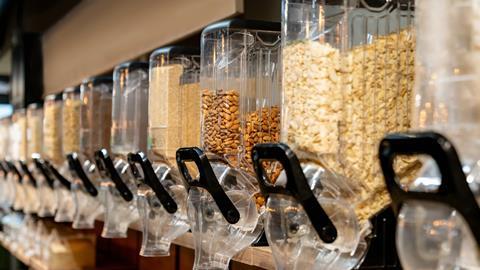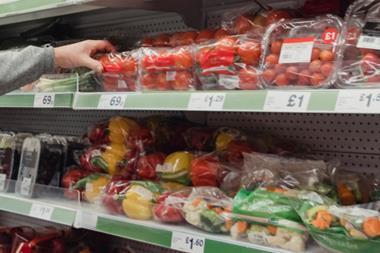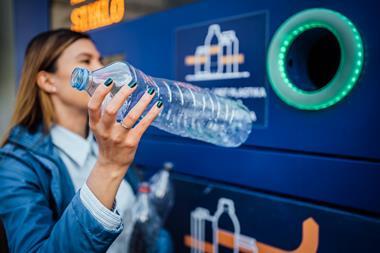As The Grocer this week reports on how another refill trial has been pulled, it’s easy to conclude refill and reuse is destined to failure. But we need to understand the journey.
Many trials have tested different technical, operational and supply chain solutions, and add crucial insight to how they could work commercially at scale. Too often, commentators assume the main point of trials is shopper numbers.
There are many details to be worked through. There is no one-size fits all model: solutions need tailoring.
And to really test behaviour change, we next need to take a whole category and bring all competitors to market in a similar way across a range of retailers with a level of standardisation. This needs to be carefully executed within CMA guidance, and the system designed to make it easier and more attractive than the current norm. But we are approaching a tipping point.
Read more:
-
Wrap’s Sebastian Munden on sustainability’s ‘competitive advantage’
-
Waitrose trialling wine cork recycling in stores
-
Food companies urged not to dump recycling labels after mandatory plans shelved
Scalable models are ready to take things to the next level: the Refill Coalition trial in Aldi, and more recently with Ocado, or M&S own-brand homecare products by Reposit, Abel & Cole’s refillables (a Grocer Gold Award winner in 2024) and some closed loop hospitality systems like those created by Again.
The UK Plastic Pact, coordinated by Wrap, has even launched a new reusable andrefillable packaging guide so retailers and brands can assess their packaging portfolio and identify opportunities to move from single-use to reusable and refillable packaging - what’s worked and what hasn’t.
Refill and reuse systems could be game-changing in slashing single-use plastic packaging waste, cost and EPR fees. If every UK household refilled just one item per week, it would eliminate over 1.4 billion items of single-use packaging annually [Refill Coalition]. Returnable plastic packaging would also lower greenhouse gas emissions and water use, by 35%-70%, compared with single-use plastics [EMF]. That’s why it’s worth being ambitious to find systems that give customers what they want in a better way.
Compared with incremental light-weighting, refill and reuse is a game-changer. With the goal of significant reductions in single-use packaging, less cost and lower EPR fees in future – and the certainty that the smartest industry brains will increase efficiency and reduce costs further as it scales, this route in many categories can enhance relationships and reputations with customers in a decisive way.




















No comments yet